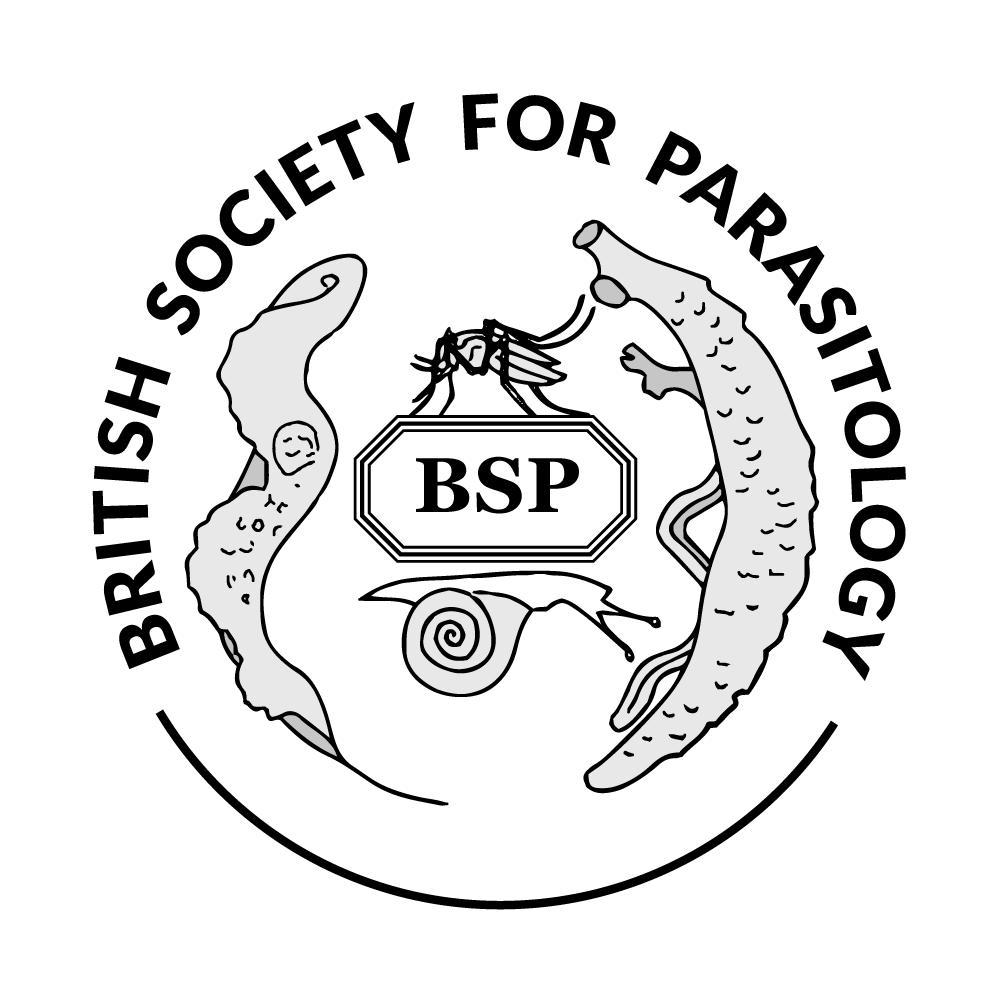Discussion
The bloodstream form of Trypanosoma brucei (T. brucei) is coated with glycosylphosphatidylinositol (GPI) anchored variant surface glycoprotein (VSG). These GPI anchored VSG homodimers act as the first line of defence for the parasites and undergoes antigenic variation leading to persistent infection. A lot is known about GPI anchor biosynthesis in T. brucei, indeed the first studies of GPI anchor structure and biosynthesis were performed on this organism and these methodologies were subsequently applied to mammalian cells, yeast and other organisms. Despite conservation in the core structure of almost all GPI anchors across eukaryotic evolution, notable differences occur between the T. brucei and mammalian GPI anchor biosynthetic pathways making this pathway possible a drug target.
Here we present a quantitative proteomics approach to identify the proteins that catalyse key steps of GPI anchor biosynthesis in T. brucei but are still unknown. Known components in this pathway were epitope tagged with Myc sequences and co-immunoprecipitation was conducted using agarose beads to the tag. SILAC proteomics were then performed to identify associated proteins that may induce missing links in the GPI pathway.
TbGPI12 encoding de-N-acetylase that catalyses the second step in the pathway was chosen first to act as the bait protein to perform such a pull down. NativePAGE Western blot after pulling down TbGPI112-Myc has shown TbGPI12 has formed complexes and the SILAC proteomics has identified specifically co-immunoprecipitated proteins.
These results show that we have successfully established a SILAC proteomics method for the co-immunoprecipitation of proteins with epitope tagged components of the GPI anchor biosynthesis pathway in Trypanosoma brucei. This method can be expanded to other known components in this pathway and find the missing links.

